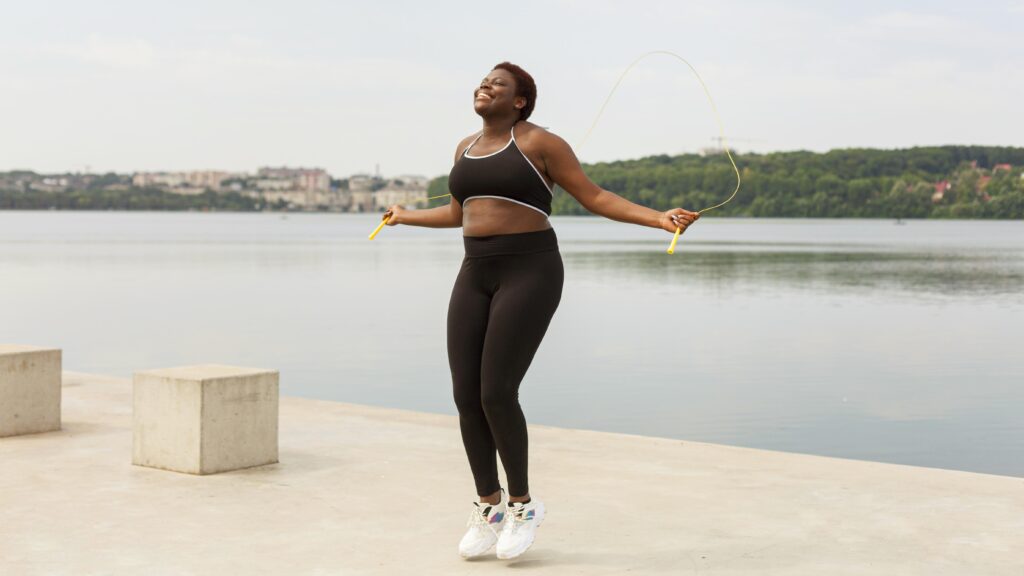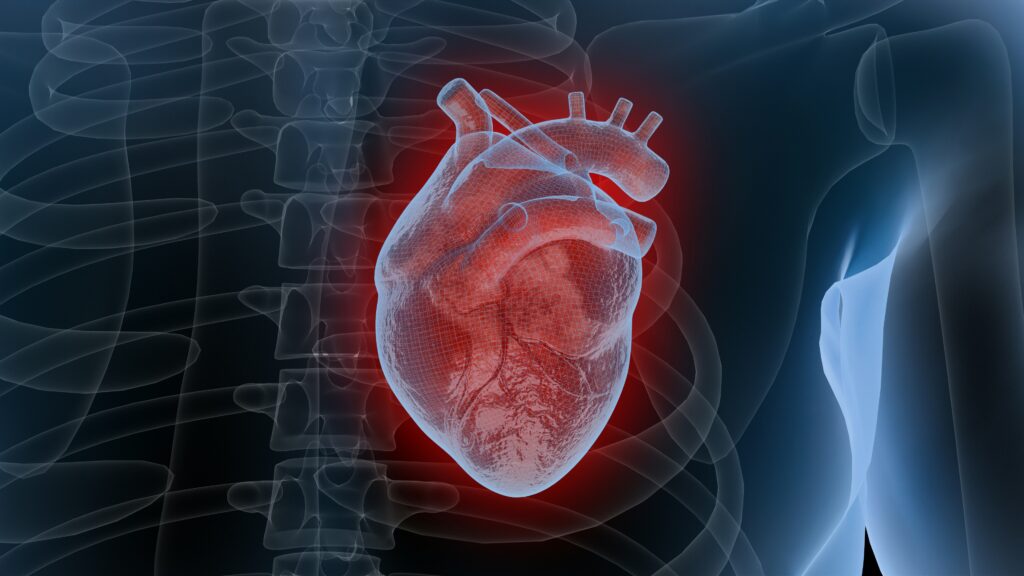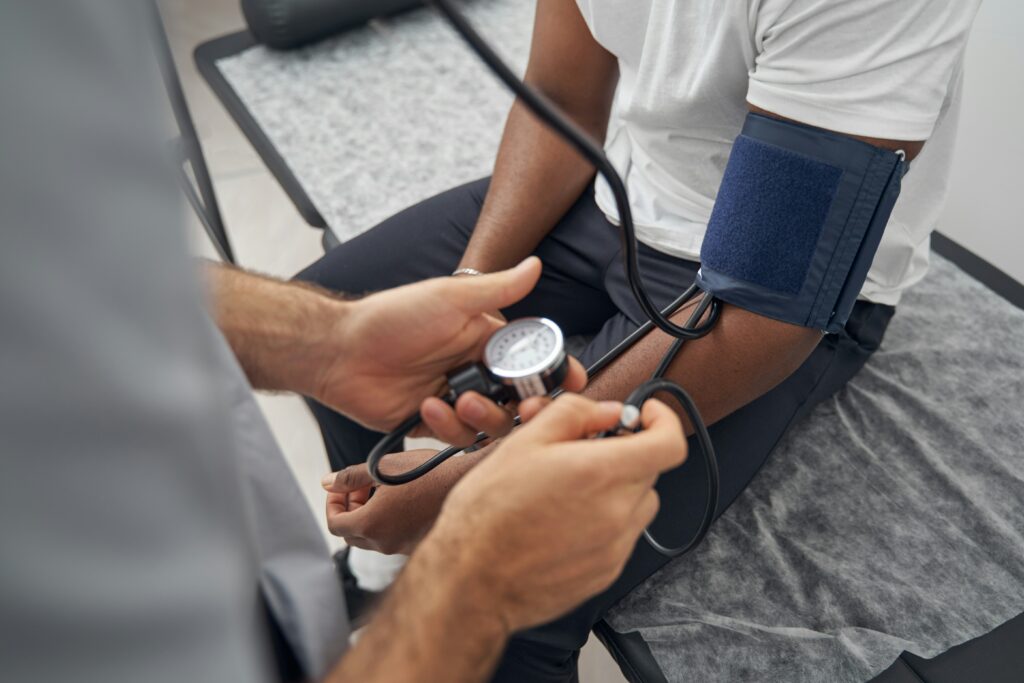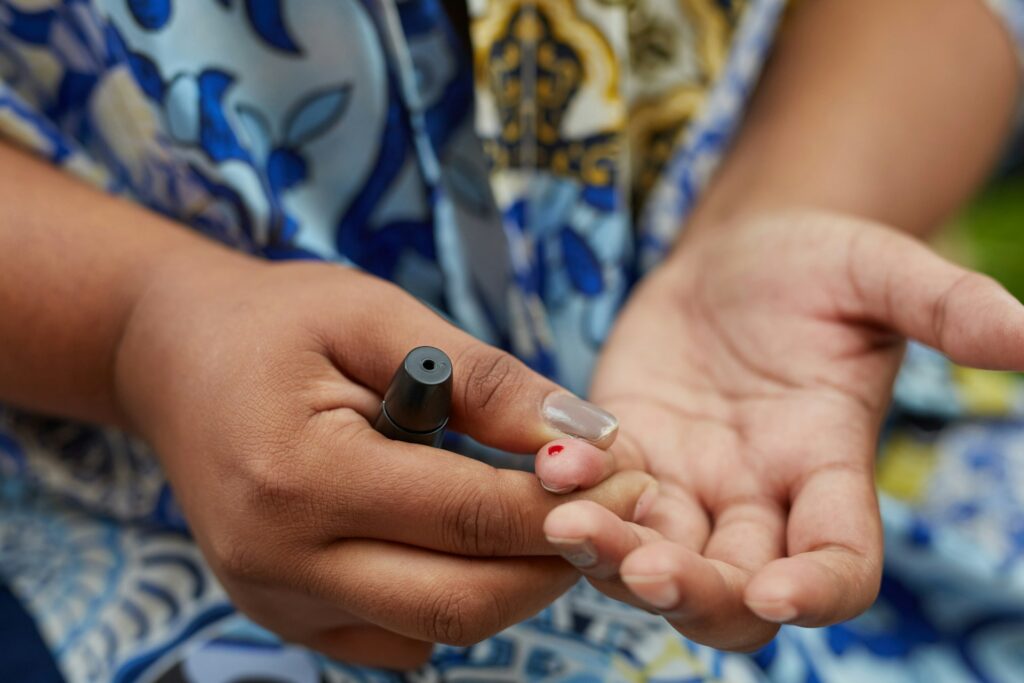
How physical activity prevents Type 2 Diabetes
Combining physical activity with healthy eating and weight loss have been shown to lower the risk of developing type 2 diabetes risk by up to 58% in people with a high risk of developing type 2 diabetes. The preventive effect of physical activity is because of its effect on insulin and how it interacts with body cells to absorb blood sugar. In this blog, we will discuss the specific mechanism through which physical activity affects insulin action.
How the body uses fuel during physical activity
During exercise, the liver produces glucose and releases it into the blood to provide fuel for the body. The body also mobilizes fuel from other sources such as free fatty acids. However, when exercise increases in intensity and duration, the body must rely on blood sugar and the body cells absorb more blood sugar to provide the additional fuel needed by the muscle cells to carry out the increased physical activity. In this way, muscular contractions increase the uptake of blood glucose.
Exercise causes body cells to absorb blood sugar even when there is insulin resistance, and this may continue even after exercise.
There are two ways that muscle cells absorb blood sugar. The first one happens when the body is resting or after eating. During this time, the muscle cells rely on insulin to absorb blood sugar. The second one is during exercise when muscular contractions stimulate the muscle cells to absorb blood sugar. This process does not require insulin. The uptake of blood sugar caused by muscular contractions can continue for several hours after exercise. In this way, exercise can continue to stimulate muscle cells to absorb blood sugar even when there is insulin resistance. Hence, exercise is extremely important for preventing the accumulation of blood sugar in people with insulin resistance. This slows the progression to type 2 diabetes.
Effect of different types of exercise on blood sugar levels
- Aerobic exercise: Moderate-intensity exercise causes muscle cells to absorb blood sugar. The liver also produces glucose and releases it into the blood to ensure that blood sugar levels remain within normal limits. The intensity and duration of aerobic exercise affect the extent of glucose absorption by muscle cells. The greater the intensity and/or duration, the higher the blood sugar absorption by muscle cells. The effect of a single bout of aerobic exercise on insulin and glucose absorption may last as long as 24 -48 hours. This effect wears off after 72 hours. This is why it is important to have aerobic exercise regularly within at least every 48 hours ( at least every other day) to gain the benefits of aerobic exercise on glucose absorption.
- Resistance exercise: This type of exercise has been shown to lower fasting blood sugar levels in people with pre-diabetes. The intensity and duration of resistance exercise also affect the fasting blood sugar lowering effect. The more intense or vigorous, the more the reductions in fasting blood sugar.
- Combined aerobic and resistance exercise: Combining aerobic and resistance training has been shown to improve blood sugar control with reductions in HBA1C levels. This may be mainly due to the combined effect of both resistance and aerobic exercise on insulin action and absorption of blood sugar by muscle cells during and after exercise.
Effect of physical activity on insulin resistance in the long run
During exercise, there is a decrease in blood sugar and this may last for more than 24 hours. However, insulin resistance may be due to a combination of factors especially an increase in the mass of fat cells in the liver and other parts of the body. The prolonged positive effect of exercise on insulin resistance is higher when there is fat loss, especially fat loss in the abdominal area.
Sources
- Colberg SR, Sigal RJ, Fernhall B, Regensteiner JG, Blissmer BJ, Rubin RR, Chasan-Taber L, Albright AL, Braun B; American College of Sports Medicine; American Diabetes Association. Exercise and type 2 diabetes: the American College of Sports Medicine and the American Diabetes Association: joint position statement. Diabetes Care. 2010 Dec;33(12):e147-67. doi: 10.2337/dc10-9990. PMID: 21115758; PMCID: PMC2992225.
- Kazemi SS, Heidarianpour A, Shokri E. Effect of resistance training and high-intensity interval training on metabolic parameters and serum level of Sirtuin1 in postmenopausal women with metabolic syndrome: a randomized controlled trial. Lipids Health Dis. 2023 Oct 19;22(1):177. doi: 10.1186/s12944-023-01940-x. PMID: 37858156; PMCID: PMC10588115.
- Strasser B, Pesta D. Resistance training for diabetes prevention and therapy: experimental findings and molecular mechanisms. Biomed Res Int. 2013;2013:805217. doi: 10.1155/2013/805217. Epub 2013 Dec 22. PMID: 24455726; PMCID: PMC3881442.
- Ross, R., Janssen, I., Dawson, J., Kungl, A. M., Kuk, J. L., Wong, S. L., Nguyen-Duy, T. B., Lee, S., Kilpatrick, K., & Hudson, R. (2004). Exercise-induced reduction in obesity and insulin resistance in women: a randomized controlled trial. Obesity research, 12(5), 789–798. https://doi.org/10.1038/oby.2004.95



